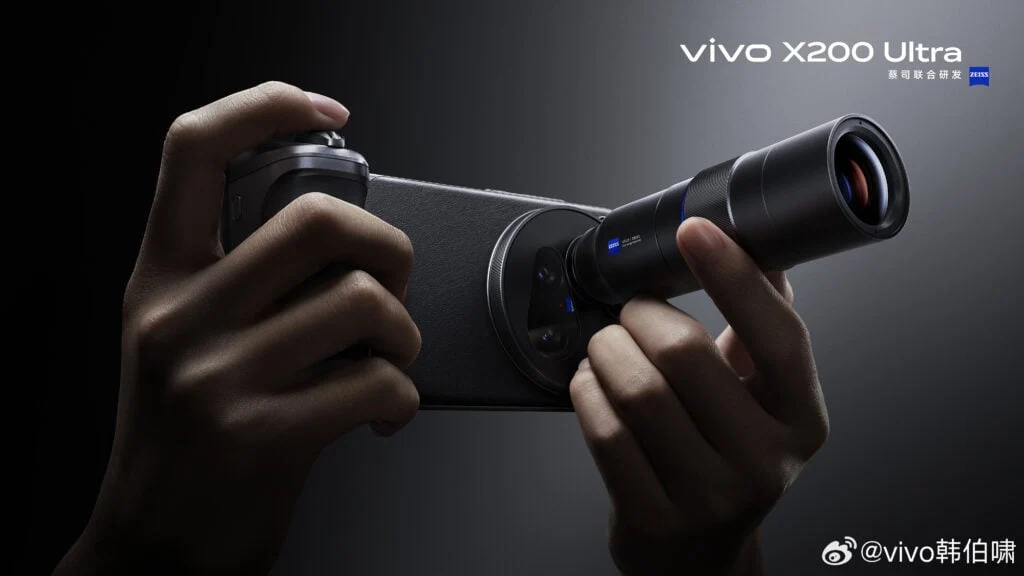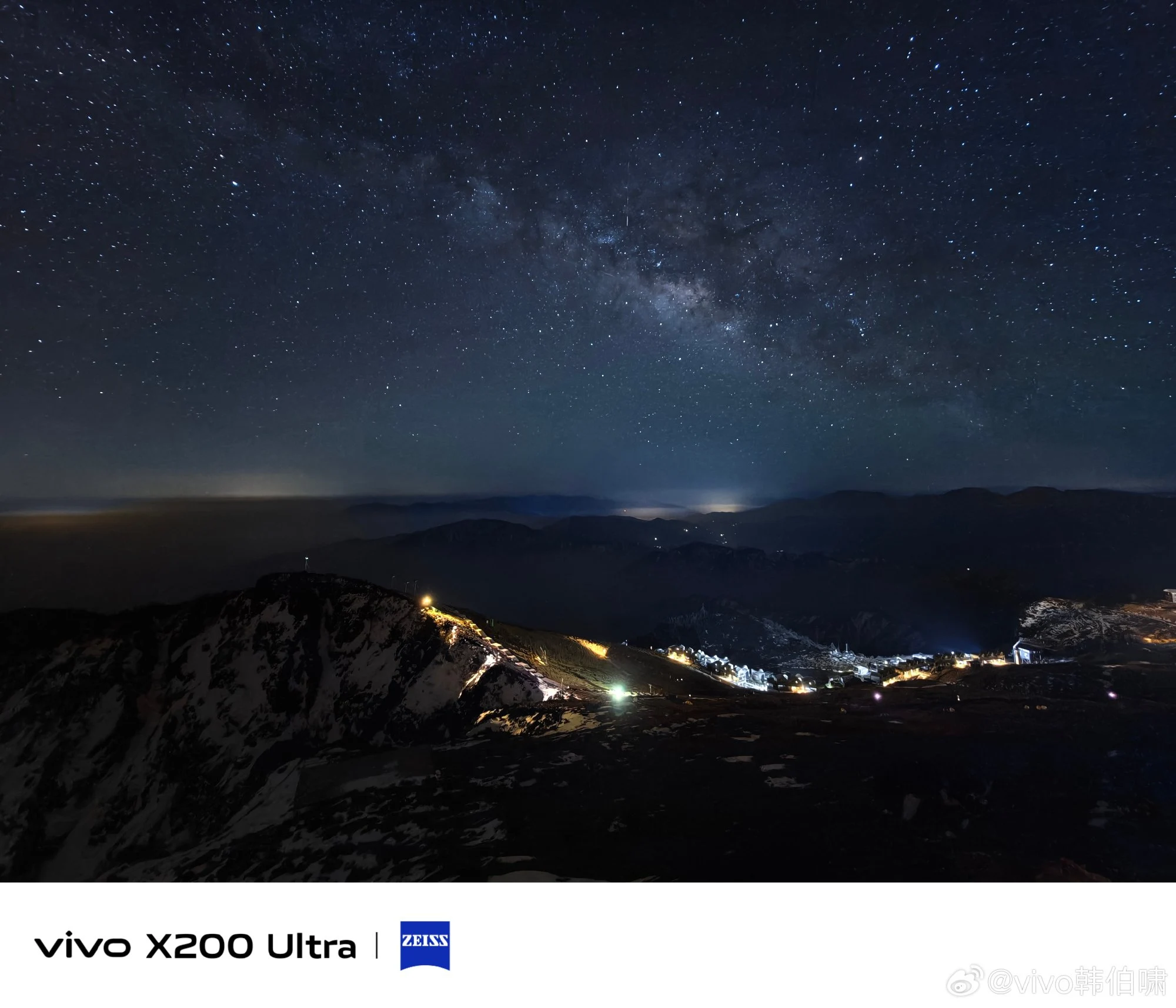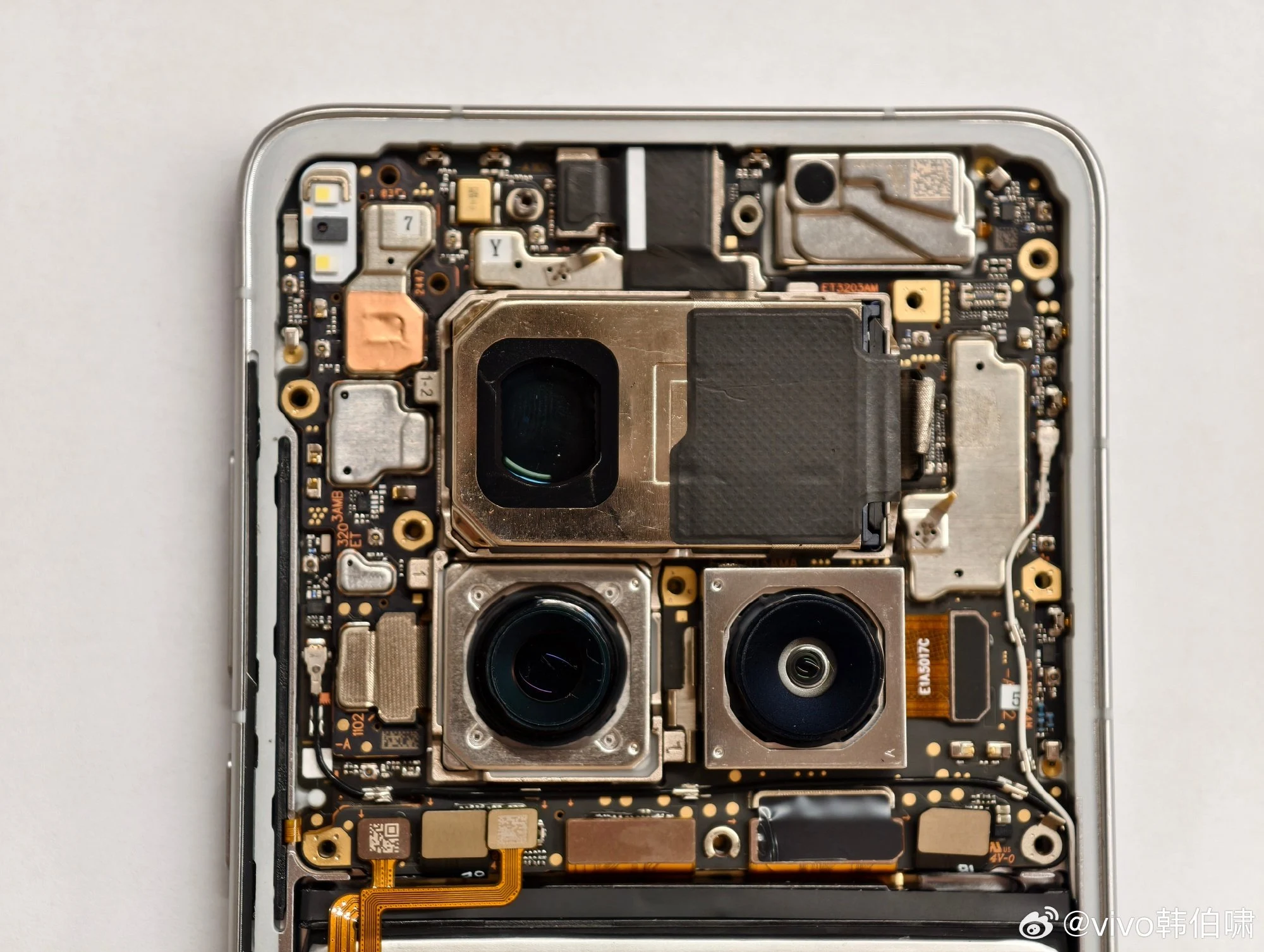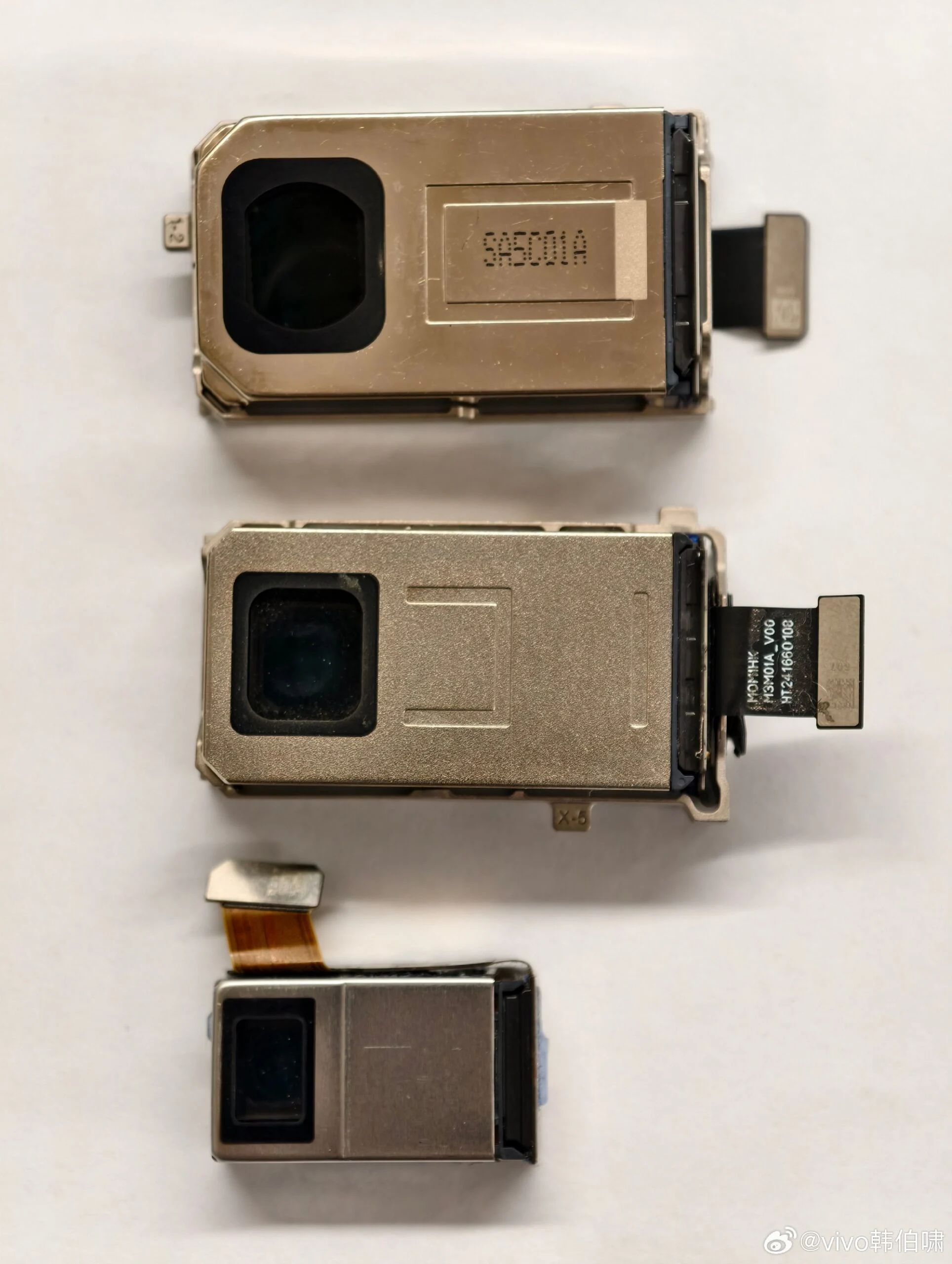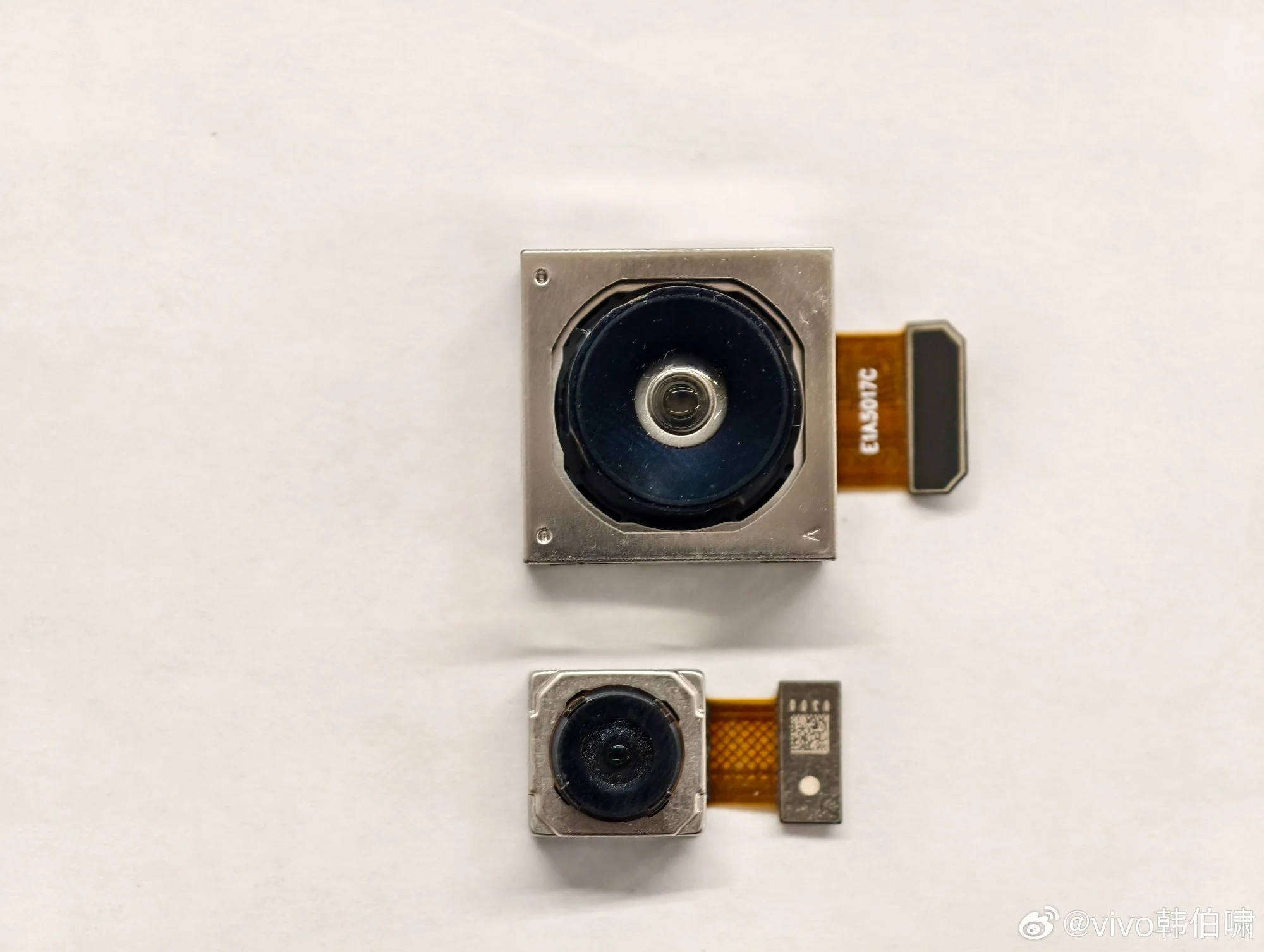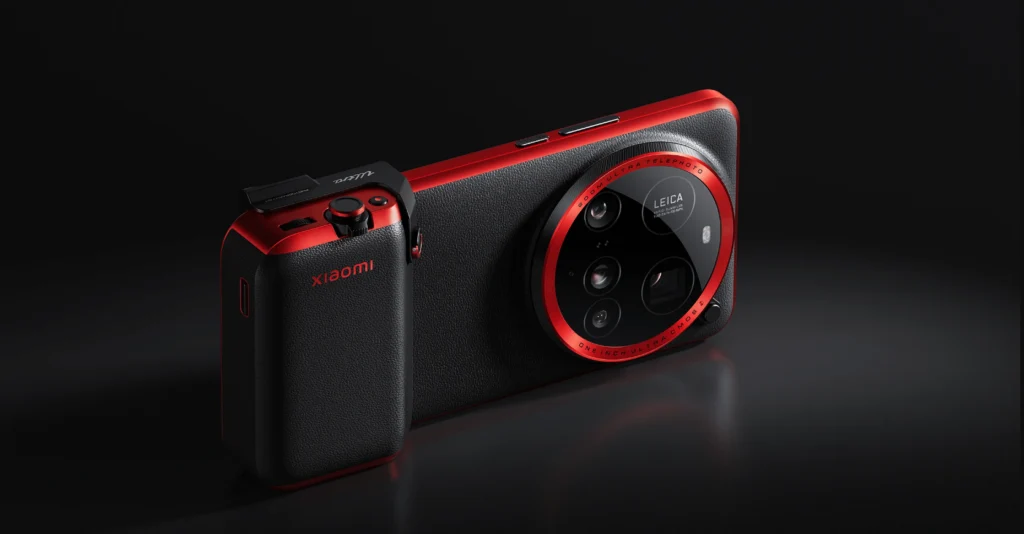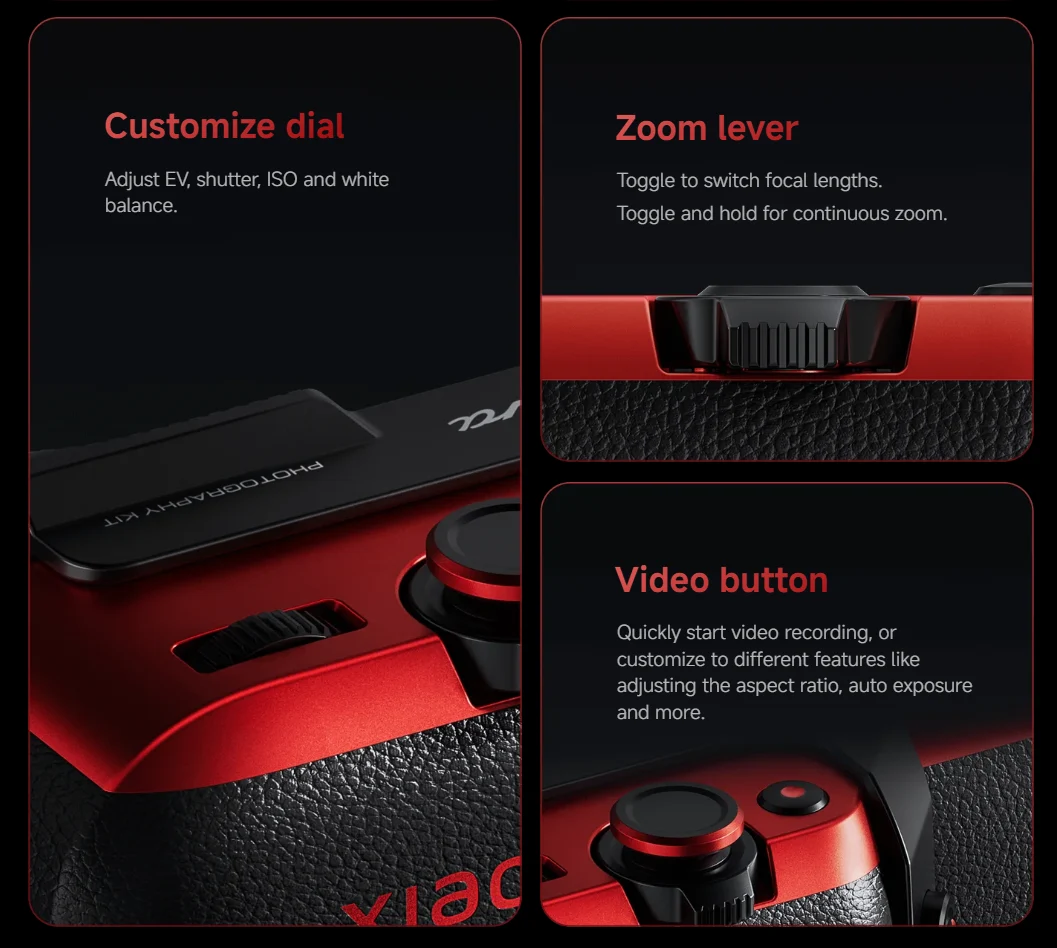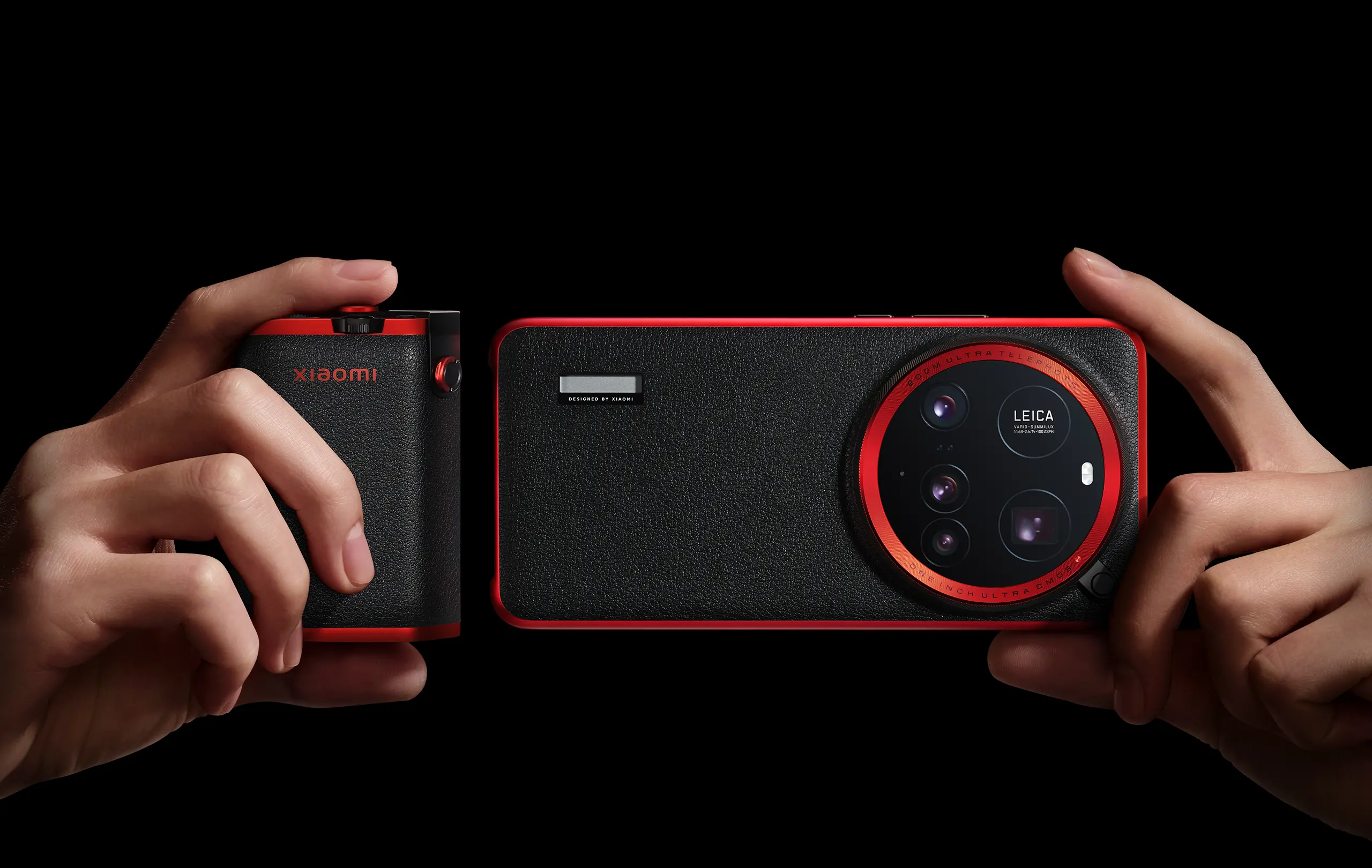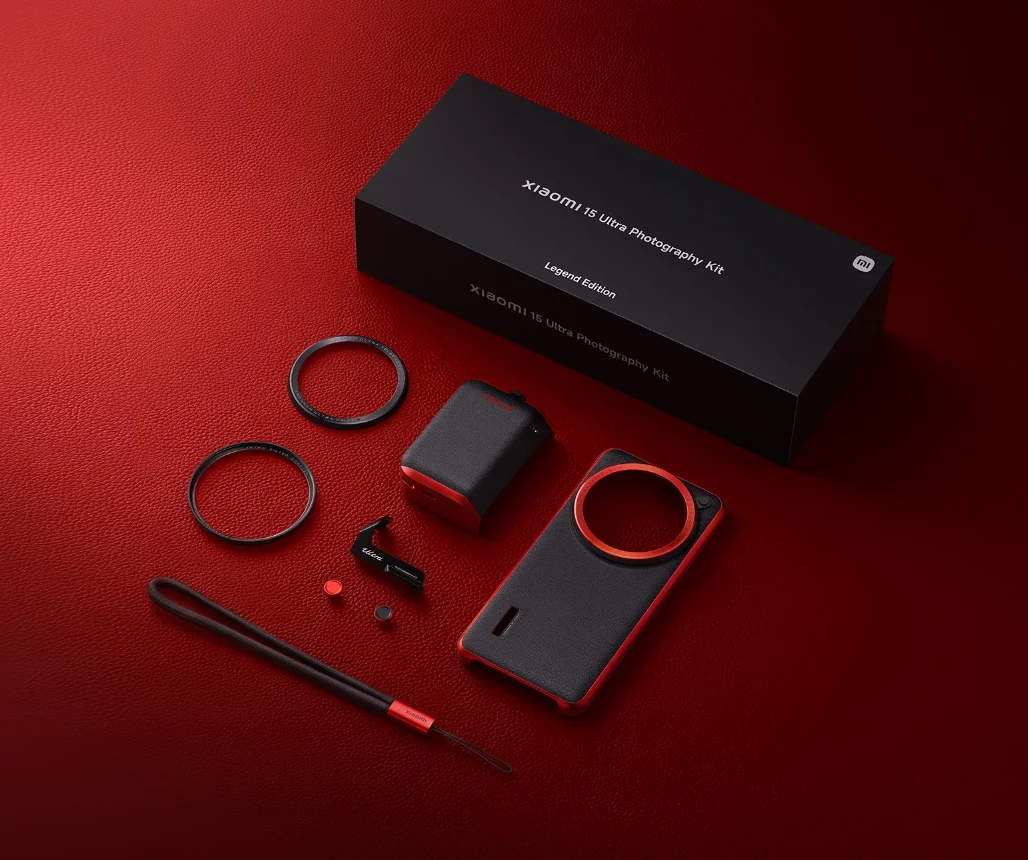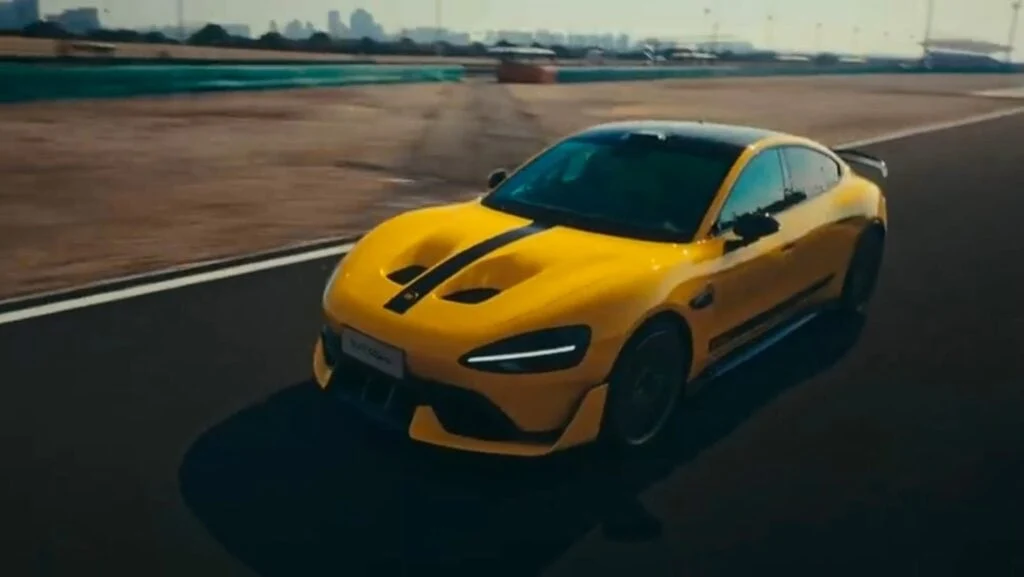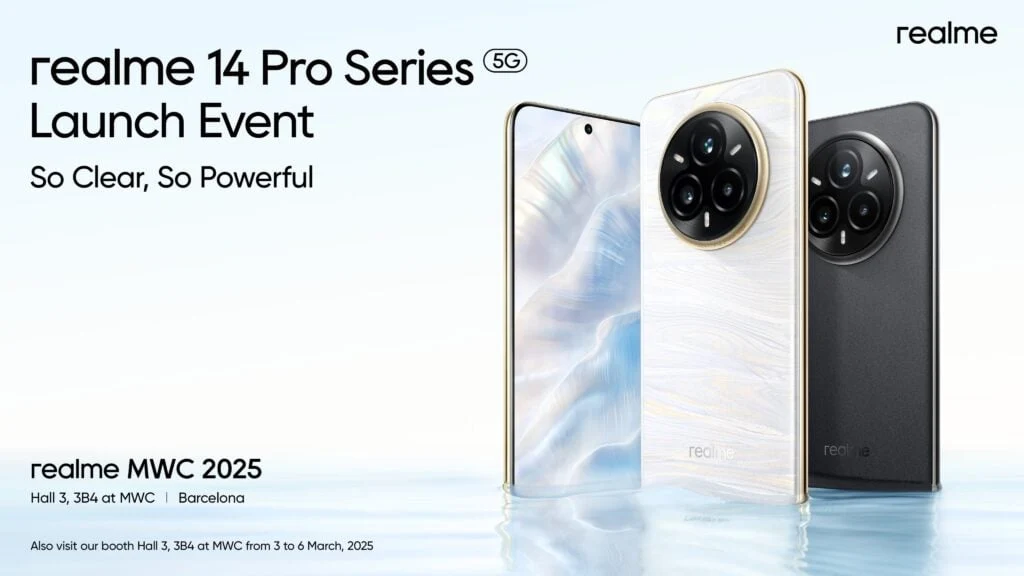Key Takeaways
1. Camera Performance: The Vivo X200 Ultra features a triple-camera system that excels in various focal lengths, although competitors like the Oppo Find X8 Ultra and Xiaomi 15 Ultra may offer better quality at 23/24mm.
2. Video Reviews: Initial reviews from Gizmochina and Ben’s Gadget Reviews highlight the camera’s capabilities, including some issues with the photography kit and teleconverter, along with comparisons to other flagship devices.
3. Filmmaking Features: Vivo has integrated advanced video features like 4K60 LOG and 4K120, appealing to filmmakers, as showcased in a video that filmed a Porsche 911 entirely with Vivo devices.
4. Photography Capabilities: The Vivo X200 Ultra is particularly strong in portrait photography, low-light conditions, and offers impressive results in macro, concert, landscape, and architectural photography.
5. Community Response: The device is generating significant buzz on Chinese social media, with many users sharing high-quality images taken with the Vivo X200 Ultra, demonstrating its popularity and performance.
The Vivo X200 Ultra has been on the market in China for nearly a week, and it’s the hottest topic on Chinese social media platforms. With some initial feedback from international reviewers now available, we’ll examine two videos from Gizmochina and Ben’s Gadget Reviews, as they seem more accessible for global audiences.
Camera Setup Comparison
The image below is from a Chinese review that highlights how the Vivo X200 Ultra’s triple-camera system stands out from typical flagship cameras. If you’re in search of top-notch quality at a 23/24mm focal length, you might find the Oppo Find X8 Ultra, Xiaomi 15 Ultra, or Galaxy S25 Ultra to be better options. However, when it comes to other focal lengths, the three similarly sized sensors in the Vivo X200 Ultra perform quite well.
Insightful Videos
The first English-language video about the Vivo X200 Ultra probably comes from Gizmochina. It provides a comprehensive overview of the Vivo camera and features a separately sold photography kit and teleconverter, which are already available for import at pretty high prices. The reviewer points out that the quality of the adapter isn’t very impressive, and there seem to be some software problems affecting both the Vivo X200 Ultra and the teleconverter, which we hope will be resolved soon.
In addition, Ben Sin has also released a video sharing his initial thoughts on the Vivo X200 Ultra, including the camera grip and the 85 to 200mm lens. The reviewer appears to be a fan of Vivo and seems quite pleased with the Vivo X200 Ultra. The video compares photos and videos taken with the iPhone 16 Pro Max and Oppo Find X8 Ultra, and he promises to deliver more detailed comparisons with the Xiaomi 15 Ultra and other devices shortly.
Filmmaking Features
Vivo aims to attract filmmakers with features like 4K60 LOG and 4K120 video, and it looks like they’ve succeeded in this instance. A Chinese video linked below showcases the Porsche 911, filmed entirely using Vivo devices including the Vivo X200 Ultra.
While scrolling through Weibo, we discovered a plethora of stunning images, all captured with the Vivo X200 Ultra. Some representative shots can be viewed below, with the first gallery showcasing impressive macro photography.
Portrait photography, especially in low light, was one of Vivo’s main focuses for the X200 Ultra’s camera. This seems to have paid off, as shown by the portrait images shared by a Weibo user.
Concert photography, landscapes, as well as street and architectural photography particularly benefit from the enhanced ultra-wide camera and the dedicated 35mm lens of the Vivo X200 Ultra. It was challenging to choose which photos to highlight, as there are many high-quality images on Weibo taken with the Vivo X200 Ultra or the optional teleconverter.
Source:
Link

